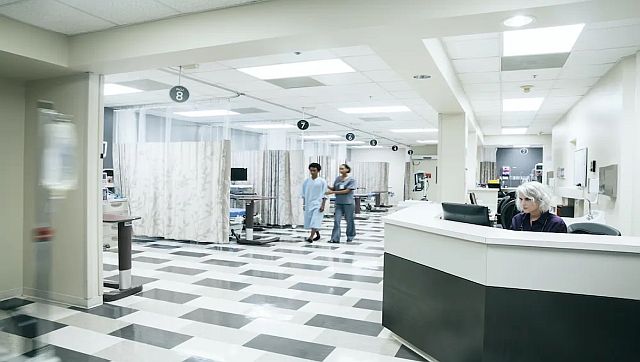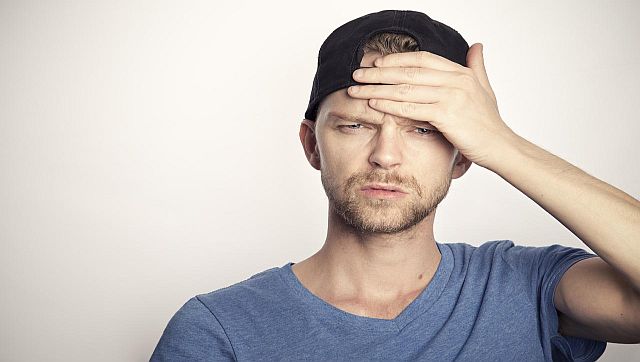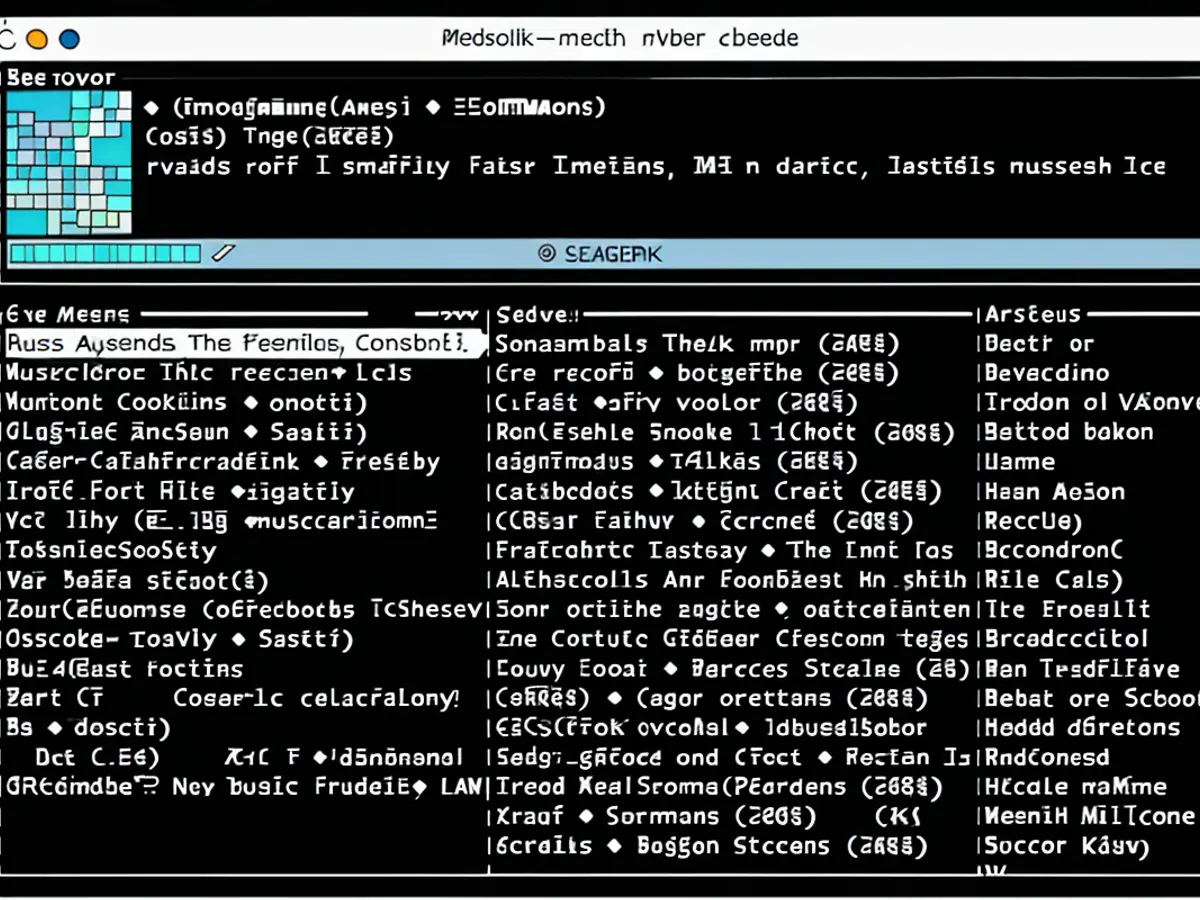Research shows that if a previous situation with a layout similar to the current one doesn’t come to mind, you may only be left with a strong sense of familiarity with the current one. Pixabay
Have you ever had that strange feeling that you experienced the same situation before even if it is impossible? Sometimes it may even feel like you are reliving what has already happened. This phenomenon known as déjà vubaffled philosophers neuropathologists and writers for the sake of a very long time.
Since the end of the 1800s. many theories began to emerge about what can cause déjà vu, which means “already seen” in French. People thought that maybe it had something to do with mental dysfunction or maybe a brain problem. Or maybe it was a temporary hiccup in the normal workings of human memory. But this topic did not reach science until recently.
The transition from the paranormal to the scientific
At the beginning of this millennium, a scientist named Alan Brown decided to conduct a a review of everything researchers have written about déjà vu up to this point. Most of what he could find had a paranormal flavor to it with something to do with the supernatural – things like past lives or psychic abilities. But he also found studies that asked ordinary people about their experiences of déjà vu. From all these documents, Brown was able to draw some basic conclusions about the déjà vu phenomenon.

Maybe the layout of the new place is very similar to the place you’ve been, but you don’t remember it consciously. Images by FS Productions/Tetra via Getty Images
For example, Brown determined that approximately two-thirds of people experience déjà vu at some point in their lives. He determined that the most common trigger for déjà vu is a scene or place, and the next most common trigger is a conversation.
He also reported hints over a century or so in the medical literature of a possible connection between déjà vu and certain types of seizure activity in the brain.
Brown’s review brought the topic of déjà vu into the realm of more mainstream science because it appeared in both a scientific journal that cognitive scientists tend to read and in the book aimed at academics. His work served as a catalyst for scientists to develop experiments to study déjà vu.
Testing déjà vu in a psychological laboratory
Encouraged by Brown’s work, my own research group began conducting experiments aimed at testing hypotheses about the possible mechanisms of déjà vu. we investigated a hypothesis almost a century ago perceived déjà vu can occur when there is a spatial similarity between the current scene and an unevoked scene in your memory. Psychologists have called this the Gestalt familiarity hypothesis.
For example, imagine you are driving past the nurses’ station in a hospital ward to visit a sick friend. Even though you’ve never been to this hospital before, you feel like you have. The main reason for this feeling of déjà vu may be that the layout of the scene, including the placement of furniture and individual objects in the space, has the same layout as another scene that you have experienced in the past.
According to the Gestalt familiarity hypothesis, if a previous situation with a layout similar to the current one does not come to mind, you may only be left with a strong sense of familiarity with the current one.
Maybe the way the first aid station is positioned – the furniture, the items on the counter, the way it connects to the corners of the hallway – is the same as the set of welcome desks was positioned in relation to the signs and furniture in the entrance hall for a school event you attended a year earlier.
According to the Gestalt familiarity hypothesis, if a previous situation with a layout similar to the current one does not come to mind, you may only be left with a strong sense of familiarity with the current one.
To explore this idea in the lab, my team used virtual reality to place people in scenes.
This way we could manipulate the environment people were in – some scenes had the same spatial layout but were different. As predicted, deja vu was more likely when people were in a scene that contained the same spatial arrangement of elements as an earlier scene that they had viewed but did not recall.
This study suggests that one factor in déjà vu may be the spatial similarity of a new scene to a scene in memory that cannot be consciously recalled at the moment.
However, this does not mean that spatial similarity is the only cause of déjà vu. It is very likely that many factors can contribute to what makes a scene or situation seem familiar. More research is underway to explore additional possible factors involved in this puzzling phenomenon.
This article is reprinted from Conversation under a Creative Commons license. To read original article.
Read the whole thing Latest news, Trending news, Cricket news, Bollywood news,
News of India and Entertainment news here. Follow us Facebook, Twitter and Instagram.
https://www.firstpost.com/explainers/what-is-deja-vu-what-researchers-have-discovered-about-phenomenon-previously-thought-of-as-paranomal-11397781.html



